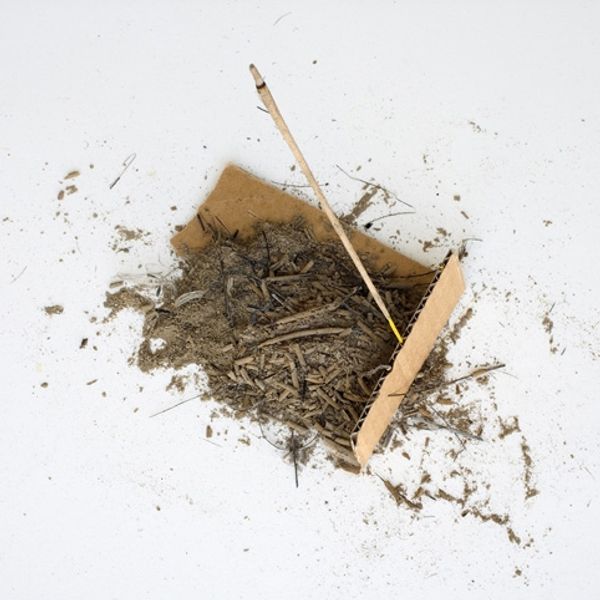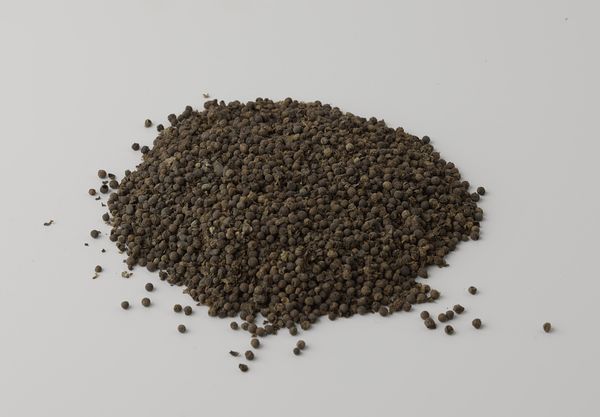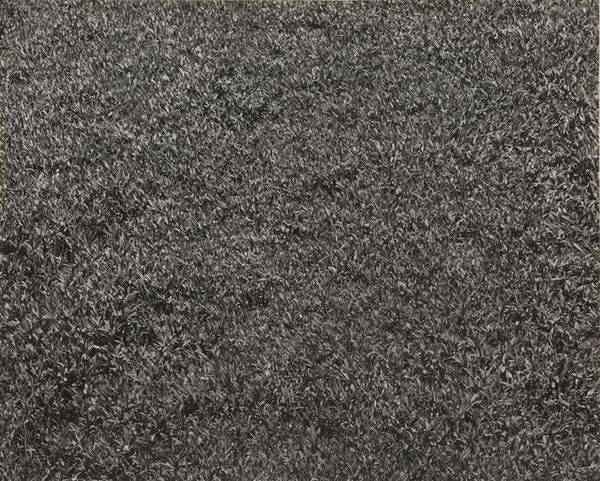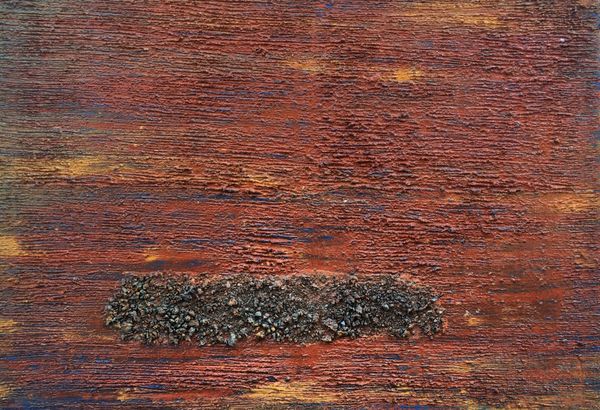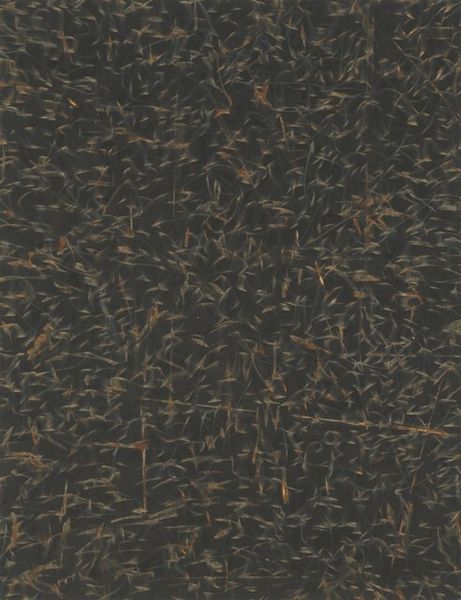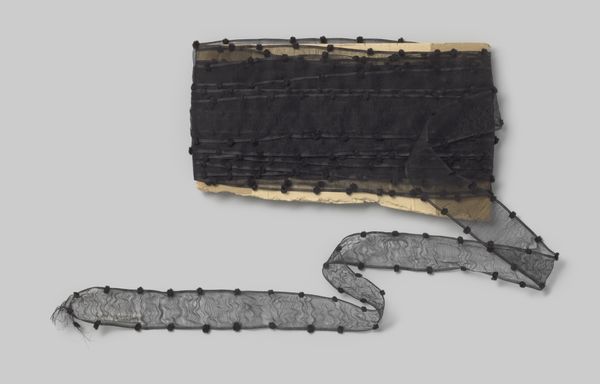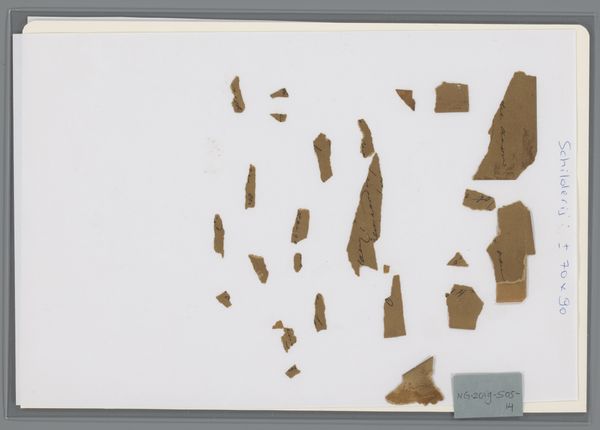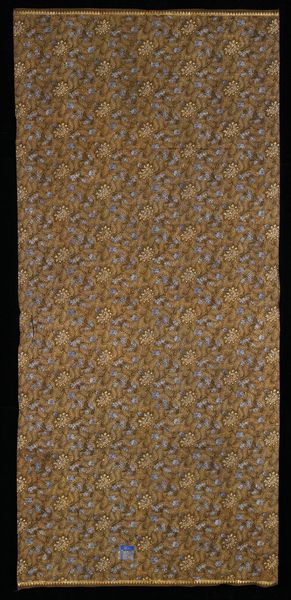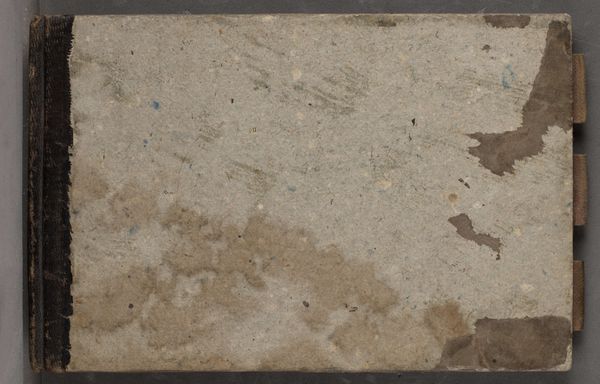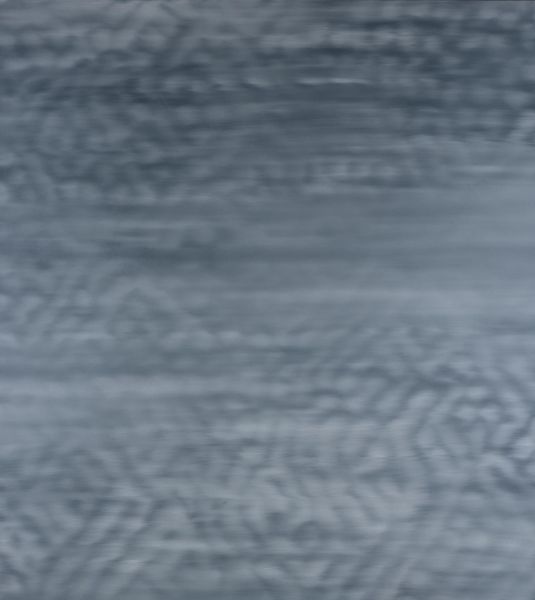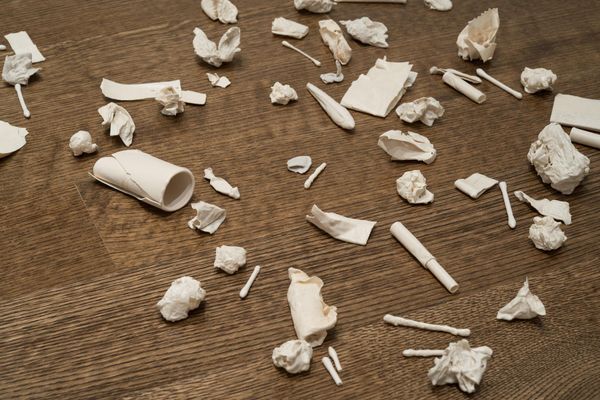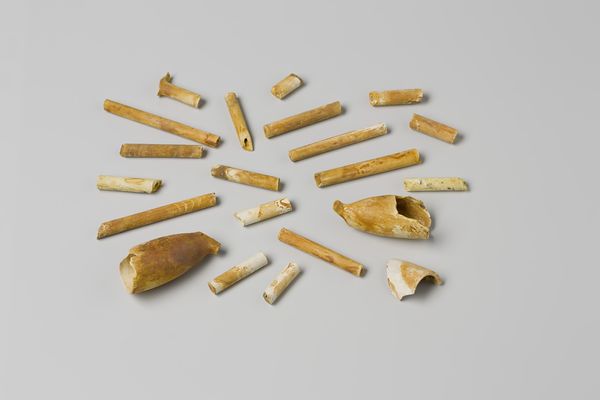
Boekweitzaden uit het wrak van de Oost-Indiëvaarder Hollandia before 1748
0:00
0:00
photography
#
organic
#
organic shape
#
photography
#
organic texture
Copyright: Rijks Museum: Open Domain
Editor: Here we have a photograph entitled "Boekweitzaden uit het wrak van de Oost-Indiëvaarder Hollandia," or Buckwheat Seeds from the wreck of the Dutch East Indiaman Hollandia, taken before 1748. It's essentially a scattering of dark, fragmented shapes on a white background, and it reminds me a bit of charcoal. How do you interpret this work formally? Curator: What strikes me immediately is the stark contrast between the almost clinical white background and the irregular, dark fragments. The composition adheres to no immediately discernible structure; the arrangement appears random, yet invites contemplation on texture and form. Do you agree that the organic texture contrasts sharply with the photographic medium? Editor: I do. The photograph captures a texture so rough and earthy. The tension between the fragility of the buckwheat and the supposed permanence of photography is really interesting, wouldn't you say? What can we tell about its significance from just studying the piece itself? Curator: The visual weight is certainly concentrated towards the lower section, pulling the viewer’s eye downwards. And those minute, lighter elements sprinkled within the larger cluster – are those other materials mixed in? They provide tonal variation, but are they compositional or substantive? The texture might represent decomposition or maybe even a potential rebirth. But that remains external interpretation. Editor: Right, I see how a formal reading focuses us back to the visual elements and their arrangement. Curator: Exactly. And consider how the stark lighting flattens the shapes while emphasizing the granularity of the matter. Ultimately, we are confronted by the question of what meaning can be derived solely from these formal characteristics. Editor: I understand. So, while historical context is important, analyzing the artwork's structure provides its own avenue to interpretation. Curator: Precisely. Close attention to form illuminates essential aspects and allows us to really see an artwork.
Comments
No comments
Be the first to comment and join the conversation on the ultimate creative platform.
